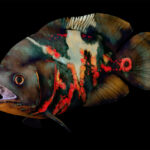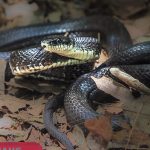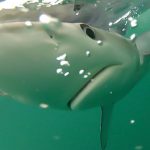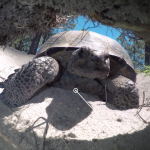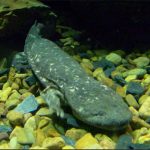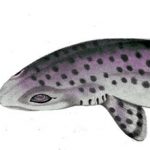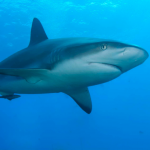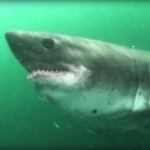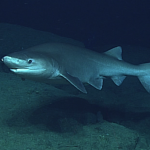Chordata
Chordates are a phylum in the animal kingdom that include the vertebrates and the few closely related invertebrates that have, at least for a short period of their life, a notochord, a hollow nerve chord, pharyngeal slits, an endostyle and a post-anal tail.
Characteristics that define the group
Notochord
The notochord is flexible and rod-shapped. It’s found in all chordates, although for some it’s only found in the embryos. The notochord is found ventrally (towards the top) of the neural tube.
Dorsal Neural Tube / Hollow Nerve Chord
A neural tube is found in all chordates. In vertebrates this becomes the spinal cord and brain.
Pharyngeal Slits and Pharyngeal Arches
Phyngeal slits are filter-feeding organs found in the non-vetebrate chordates. Vertebrates have pharyngeal slits as embryos. Humans for instance have gill-like slits in the neck as embryos.
Endostyle
The endostyle is a longitudinal ciliated groove on the ventral surface of the pharynx that produces mucus to gather food particles. Like the phyarngeal slits, the endostyle has taken different forms in the different taxa. It is found in the urochordates and cephalochordates, and even larval lampreys. In vertebrates it is considered homologous to the thyroid gland (although this is debated).
Post-anal Tail
Basically, chordates have a muscular tail that extends back, past the anus. In humans, for instance, we have a tailbone and have lost the tail. Yet, this is still considered characteristic of all chordates.
Classification
The following living classes exist in the phylum Chordata (referencing www.catalogueoflife.org 2011):
- Class Actinopterygii (Ray-finned Fishes)
- Class Amphibia (Amphibians)
- Class Appendicularia (Larvacea)
- Class Ascidiacea (Ascidians)
- Class Aves (Birds)
- Class Cephalaspidomorphi (Lanceletes)
- Class Chondrichthyes (Sharks, Skates, and Rays – Chimeras)
- Class Mammalia (Mammals)
- Class Myxini (Hagfish)
- Class Reptilia (Reptiles)
- Class Sarcopterygii (Lobe-finned Fishes)
- Class Thaliacea – (Thaliaceans)


